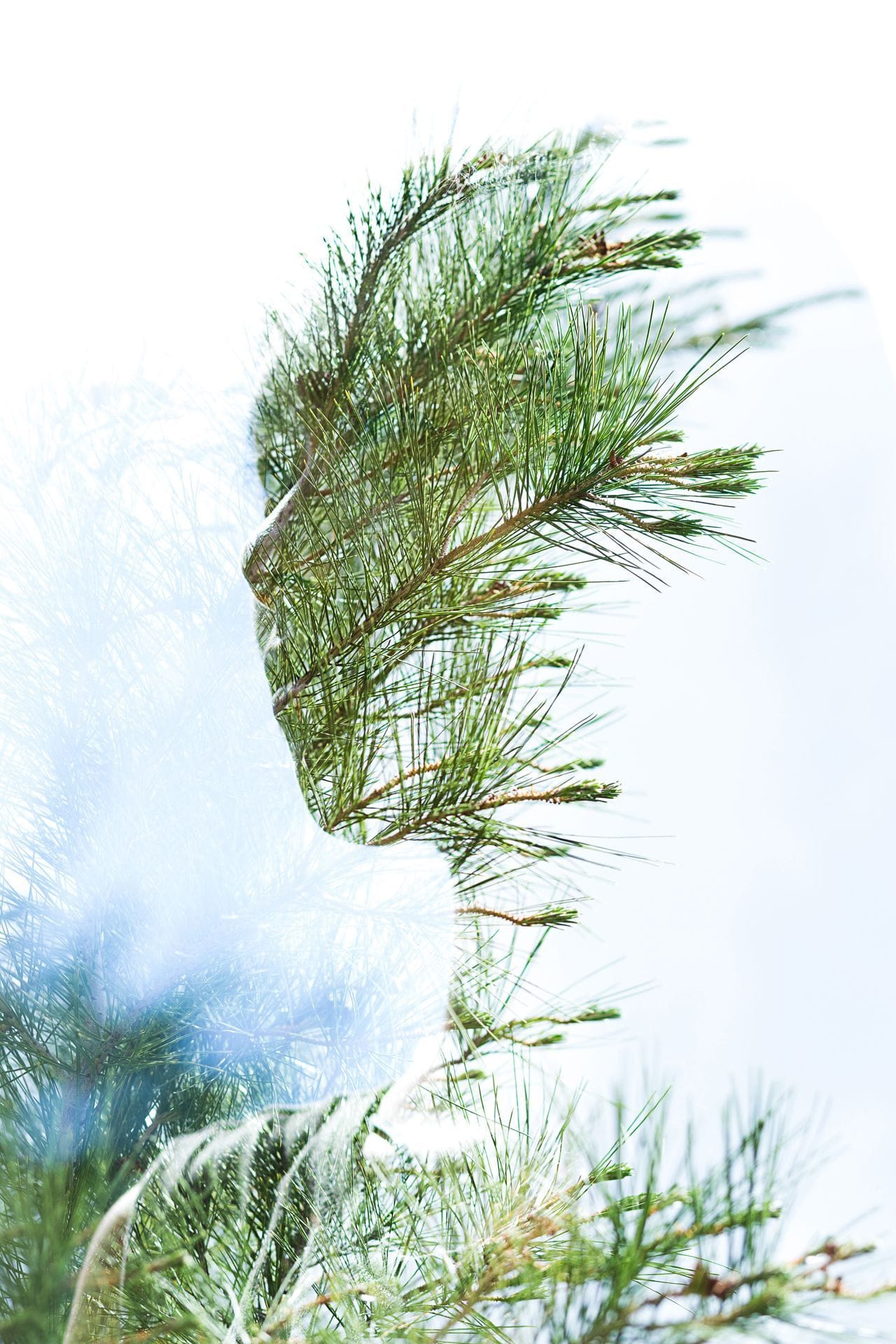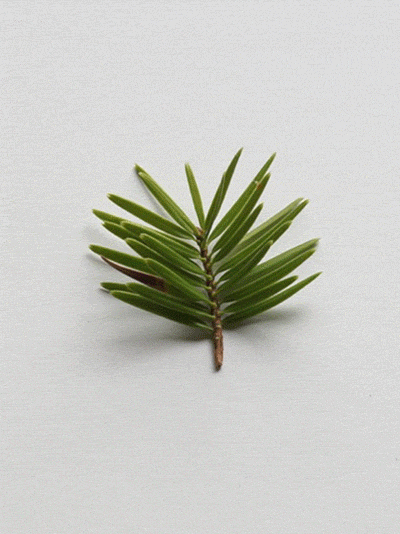At home on the internet

I’ve been online for 25 years. My family got an internet connection at home in 1994. We had a PC with a faulty power button that you could only start by jamming it down and sticking it in place with a wad of silly putty. It was in the basement next to the washing machine. Of my 5 siblings, I seemed to be the only one interested in trying it out.
I remember getting connected and accessing Gopher for the first time – it wasn’t what I had imagined. A few weeks later we got on the World Wide Web. This was what I had been promised. The world at your fingertips, rich with data streaming in at 28.8kbps.
Within a couple years I was publishing simple pages online (album reviews and Blizzard game guild pages) using free services like GeoCities and FreeYellow and eventually my own server. This was my first home on the web: HTML pages linked to other pages with similar topics. To my nerdy, rurally-isolated relief, I had found that the world was full of people interested in the things I was interested in.
10 years later, “Web 2.0” had arrived and like the rest of the world I migrated to the proliferation of emerging new platforms for content. I used Flickr for photos and MySpace for music, and eventually Tumblr as a scrapbook and Facebook for feeds and friends. I was still building websites – for bands, small businesses, academic research projects, and artists – but these were beginning to seem less relevant as places to reside online. The overhead of building and maintaining a custom website was inordinately high compared to the turnkey publishing capabilities offered by the new platforms. And the networks of people and communities these places offered access to was reaching a previously-unimagined scale.
We haven’t taken very good care of the web.
15 short years later, many of these platforms are dead or dying. For some, the use cases simply shifted – YouTube and Spotify replaced MySpace. In others the owners have so badly abused their position to the point where they can no longer be trusted at all. And in others the ownership of the networks has changed hands so many times that it is impossible to know how they (and my content) will be used. In each case the economic realities of each platform spelled its destiny: death or advertising.
At the beginning of 2019, I find very few places on the web that I wish to post content. Advertising and corporate content has made most platforms grotesque to inhabit. Data surveillance has killed the spirit of others. And the half-life of new platforms promising a better experience seems to be getting shorter.
Twitter – for its many failings – remains the best place to broadcast ideas. The user experience offered by Instagram for sharing photos remains excellent (though its ownership by Facebook and the departure of its founders means it’s only a matter of time until it collapses). I’ll be on them both for a while (at least until I get a photo-sharing system set up on here).
Now what?
Which brings me back home to a personal website, with content and a cadence I control. I’ve settled on using Persona for the time-being. It’s simple, small, paid, and run by artist-engineers. (2024 update: now Ghost).
Others have argued for subscription-based mailing lists as a viable alternative to the toxic nature of the platforms. That makes a lot of sense for those with a following. Personally, I just want a place I can put my stuff online again – without advertising, without engagement gaming, without endless notifications, without audience-building acrobatics.
So I’ll be here at johnnyrodgers.is for now.
Thanks for visiting. See you out there.
